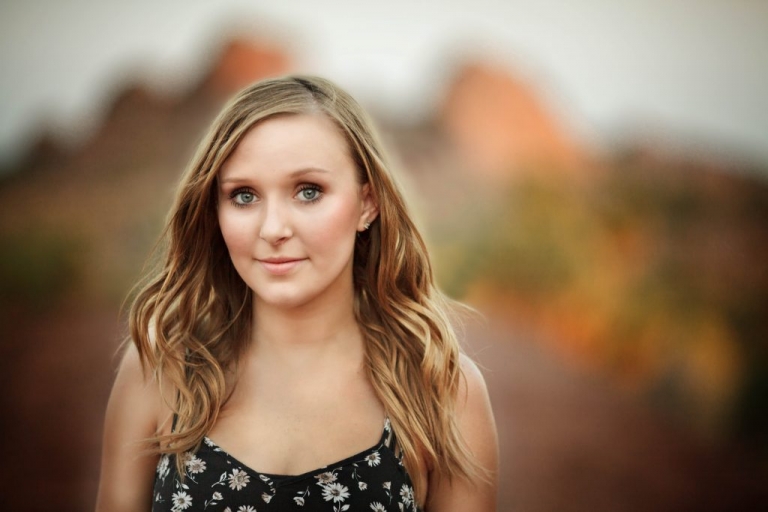How to get sharp focus in photography

1. Use manual focus. While the auto-focus in our cameras and lenses are often superb, nothing will get you consistently sharp images than manual focusing—even in low light. The great thing is that it is also very easy to do. Switch from using your View Finder to using Live View. Then find the magnifying button on your camera. By pressing this, you will zoom into a selected area of the scene. Once you have switched to manual focus, simply adjust the focus ring until the details sharpen. Now zoom out. That’s it! 2. Mirror lock up. When we take a photo, the mirror in our DSLRs slap up and down to let light into the sensor. This movement can shake the camera very slightly, which especially in longer exposures, can create a blurry image. Fortunately, if you’re already in Live View this will lock the mirror up during shooting (for most cameras, but not all). On some cameras, the mirror still slaps down when using Live View. In which case, visit the in-came...





